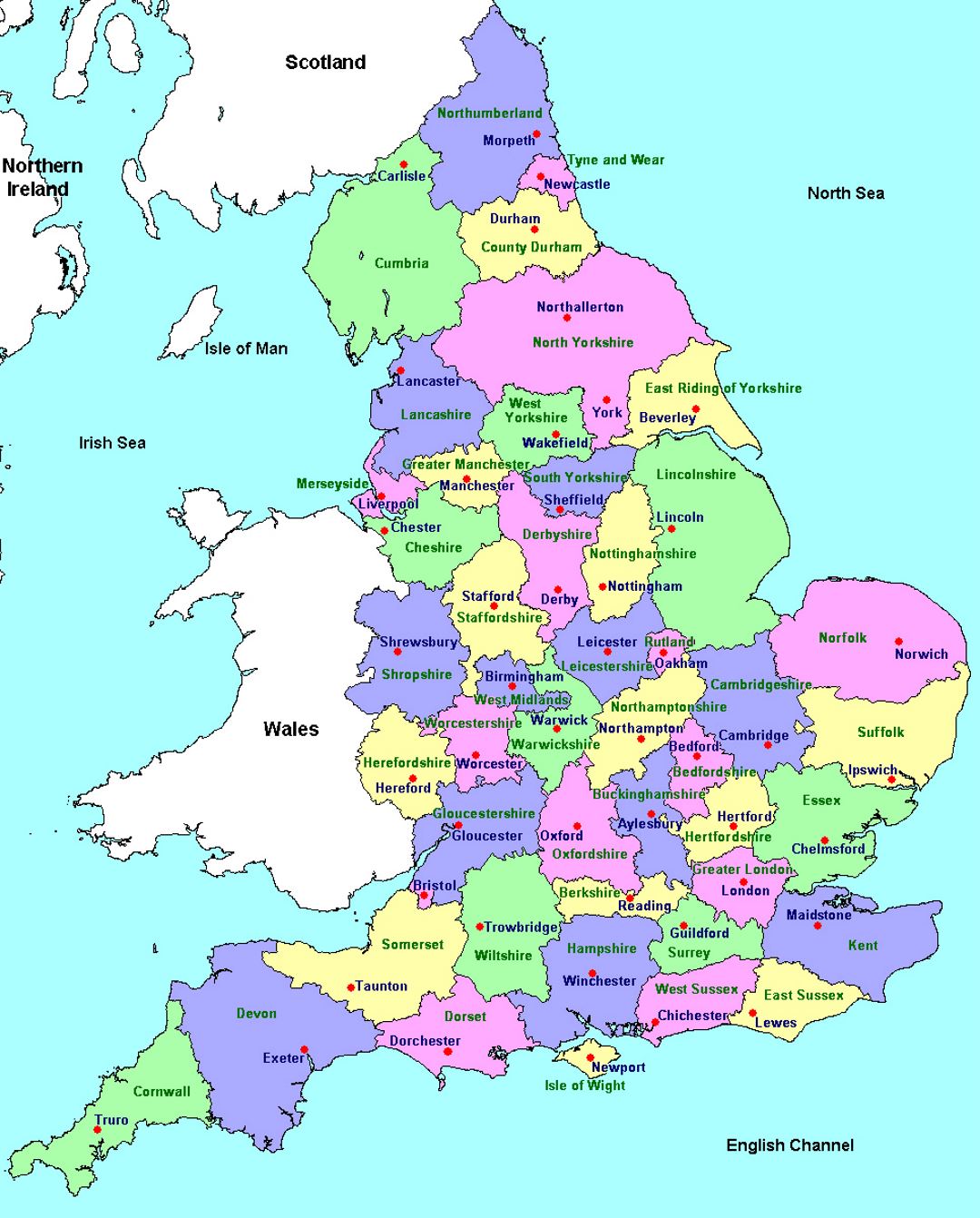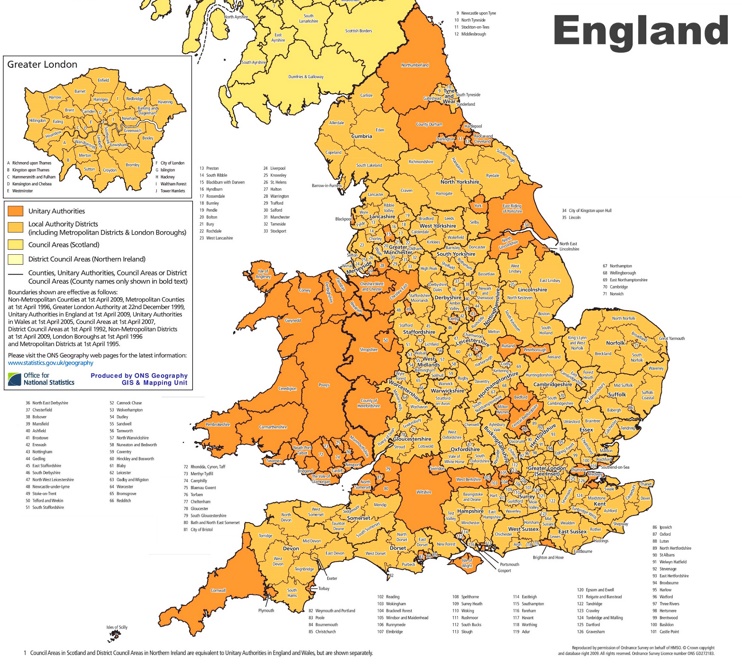The Administrative Makeup of England
The Land Without States
England is often referred to as a single unified country, but its governmental administration is more complex. While England does not have individual states like in other nations, it is divided into geographic units known as counties that have semi-autonomous powers delegated from the central government.

Local Government through Counties
In total, there are 48 counties that make up England. Each county has its own locally elected council that oversees functions like law enforcement, emergency services, education, transportation, and health services. This allows local communities more direct say in issues that impact their daily lives compared to a centralized federal system. Some of the largest and most well-known counties include Greater London, Greater Manchester, West Midlands, and West Yorkshire.
A Diverse Range of Counties
While all counties have a level of self-governance, they vary widely in terms of population size, demographics, geography, and industries. For example, rural counties like Dorset, Rutland and Herefordshire consist of sparsely populated farmland and small towns. In contrast, urban counties such as Merseyside, Tyne and Wear, and West Midlands contain some of England’s largest and most industrialized cities. Coastal regions are also distinct, with counties along England’s eastern and southern shores focusing on fishing and tourism. This diversity is part of what gives each local area its unique identity and needs.
Evolving Boundaries and Responsibilities
The boundaries and administrative structures of England’s counties have changed gradually over time. Some historic counties like Cumberland and Huntingdonshire no longer exist, having been merged into larger units. Conversely, certain large metropolitan areas like Greater Manchester have gained county status. Local authorities have also taken on new priorities in line with shifting economic and social conditions. For example, a focus on public health, social services, and environmental protection in recent decades. However, the fundamental role of counties in providing localized self-governance remains constant.
Counties Work with Central Government
While counties operate with autonomy on day-to-day matters, they still coordinate closely with national ministries and parliament on major strategic decisions and policies that affect the whole of England. Key areas of collaboration include developing long-term infrastructure, education, economic development initiatives, environmental regulations, and more. This balanced system allows for coordinated planning and shared priorities between local and central levels. It helps ensure all communities have a meaningful voice within the wider nation.
Preserving Local Identity and Decision-Making
After centuries of evolution, England’s county system has proven effective at balancing local autonomy with unified national governance. Devolving substantial authority to communities through county councils is crucial for allowing varied regional identities and needs to thrive. At the same time, coordination between local and central tiers of administration helps align strategic priorities. Overall, counties represent England’s pragmatic approach to self-governance – retaining distinction and self-determination for places while still functioning as a cohesive nation.
Counties Remain a Cornerstone of English Society
Given their long history and the roles they play, England’s counties serve as an iconic part of national life and culture. Residents regularly associate themselves closely with their county, whether through local sports teams, regional cuisine, annual festivals or simply living in that community. Counties foster connection to history and landscape in a way that larger entities may lack. While administrative details change, the counties will likely remain England’s cornerstone for vibrant grassroots identity and participation in government well into the future. Their system has proven its value and resilience over many centuries.
